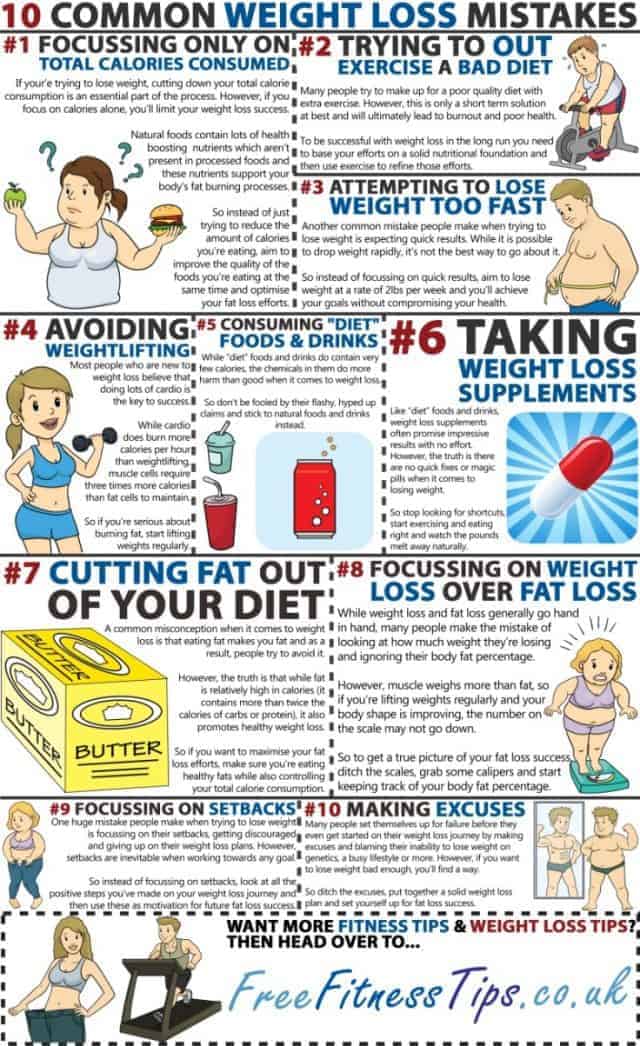How To Calculate The Cost Of Cold Laser Therapy
How To Calculate The Cost Of Cold Laser Therapy
Blog Article
What to Expect Throughout a Cold Laser Method Session
Cold laser treatment is a non-invasive, pain-free treatment that helps in reducing swelling and increases cell regrowth. It is a safe option to intrusive treatments and typically has prompt results.
Laser photons launch a chain reaction of chemical reactions within the cell that minimize pain, swelling, and increase healing. It raises blood circulation to the area by generating vasodilation.
What to Expect
Cold laser treatment is a non-invasive treatment that makes use of low-level laser light to permeate deep right into hurt cells, setting off cell feature on several degrees to promote cells healing. This helps in reducing discomfort and inflammation, while advertising muscle contractions and regrowth.
During a session, you'll rest or relax easily and the practitioner will note the areas on your body that demand to be treated. The professional then applies a tiny handheld gadget with the laser to the location. During the therapy, you may feel a mild tingling or heat in the location of your injury.
Before starting therapy, it is essential to cleanse the area of your injury and eliminate any kind of jewelry or other things that could obstruct of the laser's course. It's also important to stay clear of any combustible products that could be in the area of the laser beam of light. This will certainly guarantee your safety and the efficiency of the therapy.
Preparation
Cold laser therapy functions by beaming light on the surface of your skin. The light is taken in by the leading layer of your skin and afterwards stimulates the cells to create power that advertises recovery.
During the treatment, you might really feel a cozy or tingling feeling in the location that is being dealt with. This is entirely normal, though you ought to allow the expert know if the sensation is uneasy or also solid.
This therapy has a lot of guarantee for assisting people with stressful brain injury (TBI). The treatment is non-invasive and doesn't have any type of unfavorable negative effects. Nonetheless, more research is needed to identify the ideal therapy method. The most effective way to find out if you are a candidate for this kind of treatment is to talk to an experienced physiotherapist. They will certainly be able to help you determine if cold laser therapy is right for you.
The Treatment
Once the specialist has correctly placed you for therapy, they will certainly then put the chilly laser gadget on the hurt area. They may keep it on for 30 seconds or longer, depending upon the size of the injury and its sensitivity. They will utilize protective goggles to guarantee that the laser does not directly hit the eyes, and they will make sure that you are protected from any glow that can take place.
You might really feel a minor tingling feeling on the area that is being treated, but it will certainly not be undesirable or excruciating. This is an indicator that the laser is functioning to promote the healing process in the influenced cells.
A lot of individuals experience discomfort relief within a few sessions, with some seeing lasting outcomes also after a number of months of treatments. It is essential to note that LLLT is not meant as a single therapy laser therapy to quit smoking for any type of chronic pain problem and it must be paired with other therapeutic strategies in order to attain maximum results.
Post-Treatment
After you lie down or rest, the professional will certainly use a wand with a collection of light-emitting diodes to target your discomfort site. You will put on safety eye goggles, and the laser may be hung on your skin for 30 to one minute. You may really feel a mild, relaxing sensation throughout the therapy.
The photons from the laser permeate deep into your cells, setting off a healing feedback on a mobile level. Unlike various other types of laser treatment, this low-intensity approach does not produce heat.
Some studies have actually shown that cold laser treatment is effective in treating a variety of conditions, consisting of chronic pain and injuries. Nevertheless, it is less extensively accepted as a standard clinical method, and it isn't covered by many medical insurance plans. In addition, it is not suggested to be used over any kind of questionable cancerous sores or carcinomas or on expectant ladies. You should always seek advice from your oncologist prior to seeking this type of treatment.